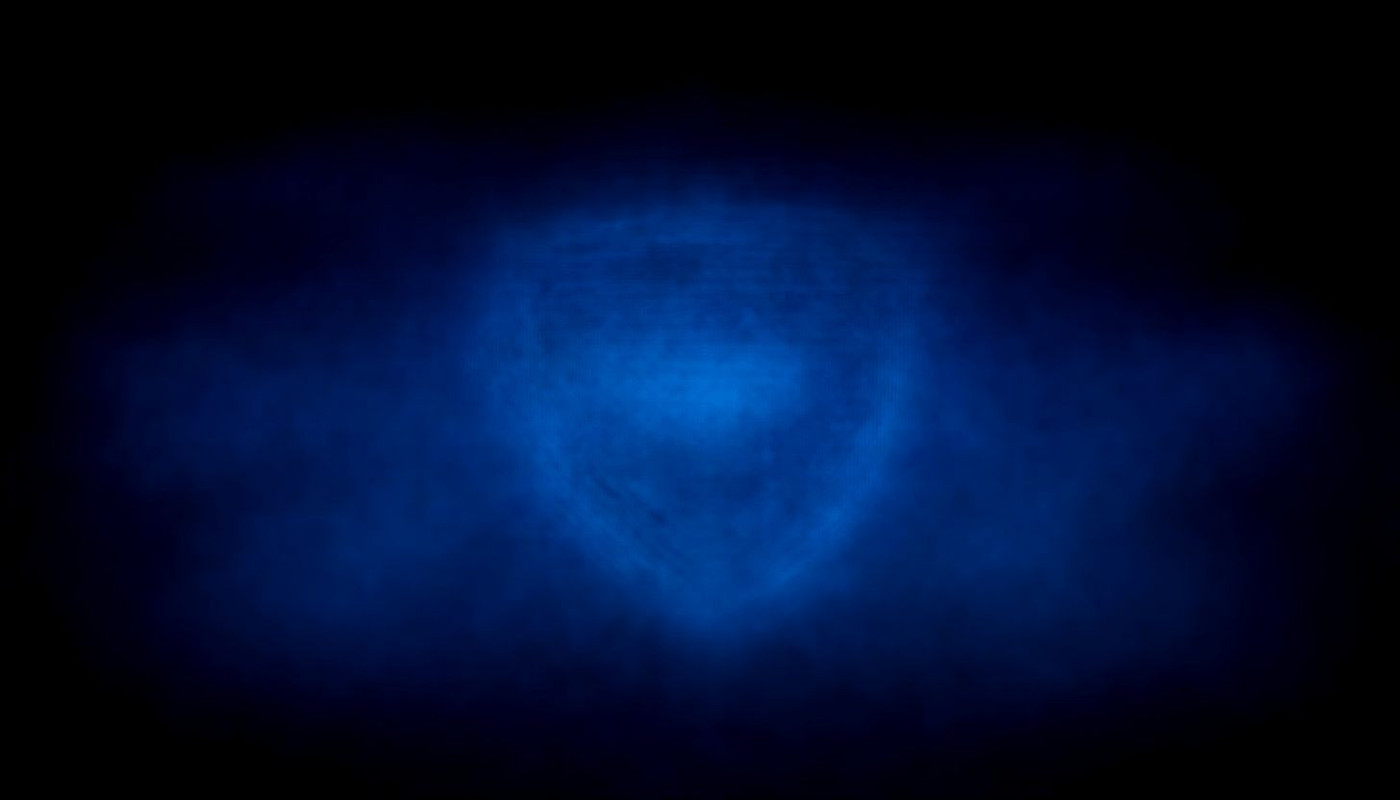Table of contents
The vast and ubiquitous internet we know is only the tip of the iceberg, with a hidden underbelly that remains largely unseen by everyday users. This underworld, often called the Dark Web, is an enigmatic and notorious realm full of secrets waiting to be uncovered. Although infamously associated with illicit activities due to its anonymous nature, it also serves as a haven for people seeking privacy in communication or escape from censorship. This article will take you on an exploration into this murky world which differs significantly from our familiar web experience, revealing its structure and purpose while debunking myths surrounding it.
Understanding the Dark Web
The Dark Web is a term that describes a portion of the Internet that is intentionally hidden and inaccessible through standard web browsers. The foundation of the Dark Web is based on anonymity and non-indexed web pages, making it hard for conventional search engines to reach. This segment of the internet utilizes encryption online content, which is a specific way of modifying information so only authorized parties can read it.
Unindexed websites are a significant part of the Dark Web. These sites are not visible to search engines and can only be accessed with special software. The toolset needed to gain access to these unseen aspects of the internet includes programs such as The Onion Router (TOR) and the Invisible Internet Project (I2P). These tools are central to navigating the depths of the Dark Web; they provide the necessary anonymity sought by users.
Exploring further, these platforms, purposely not named explicitly here, are profoundly intertwined with the concept of internet anonymity. They allow users to browse the web without leaving any digital footprints, providing a cloak of invisibility. This element of concealment is what attracts many to the shadowy corners of the Dark Web, contributing to its growing allure and mystery.
The Layers Of The Internet
The internet's structure, much like an iceberg, is divided into distinct layers, each possessing unique characteristics and uses. The topmost layer is the Surface Web, which comprises websites and data accessible via standard search engines such as Google. These are typically websites we interact with on a daily basis, like news outlets, social media platforms, and online shops.
Delving deeper, we find the Deep Web, which is exponentially larger than the Surface Web. This section contains databases, governmental records, academic materials, and other resources not indexed by regular search engines, hence the term 'invisible browsing methods'. For instance, accessing your personal email inbox is technically a part of the Deep Web as this information is not accessible to the general public nor searchable on Google.
The most concealed and controversial part of the internet is the Dark Web. This section, though smaller in size compared to the Deep Web, is renowned for its anonymity. It's a space where users can operate without leaving a digital footprint, which unfortunately makes it a haven for illegal activities. Access to this layer is not possible through regular browsing methods, requiring special software like Tor or I2P.
In terms of size comparison among these layers, it's estimated that the Surface Web makes up less than 5% of the total internet, while the Deep Web, with its vast databases and unindexed pages, accounts for around 90%. The Dark Web, though globally notorious, only makes up a tiny percent of the entire internet. These proportions highlight the immense amount of information concealed beyond the reach of regular browsing methods.
Navigating Through The Shadows
Delving into the digital labyrinth that is the dark web can be an intimidating endeavor. Finding what you're searching for is not as straightforward as typing a query into a mainstream search engine. This is due to the inherent characteristics of non-indexation and disconnected SEO practices prevalent on the dark web. Non-indexation is a key attribute of the dark web, meaning its pages aren't indexed by traditional search engines. This contributes to the obscurity and inaccessibility of information, requiring users to know exactly where to look.
The realm of the dark web is dominated by .onion URLs, a significant technical term in this context. Unlike typical web addresses, .onion URLs are unique to the dark web and are made up of seemingly random characters. These URLs are not indexed, meaning they're not searchable on conventional search engines. This further escalates the complexity of navigation in the dark web. Understanding these .onion URLs is a vital step towards comprehending the mechanisms of the dark web's operation. They serve as cryptic doorways, opening into the vast and elusive universe that exists beyond the surface internet.
On the same subject

How Reliable Email Verification Can Enhance Business Communications

Strategies For Safe Online Gaming: Ensuring Security And Fair Play

Ensuring Zero Downtime During Your Kubernetes Cluster Upgrade

How Web Hosting Can Improve Your Online Presence

How Digital Tools Can Transform Collaboration And Data Security In Plant Breeding

Exploring The Impact Of High-speed Internet On Remote Employment Trends

The Role Of Patch Management In Enhancing Cybersecurity On Linux Systems

Exploring The Potential: How Generative AI Is Transforming Content Creation

Maximizing Your Digital Presence: How To Integrate Conversational AI On Your Website

How E-commerce Is Changing The Landscape For Ammunition Sales

GPT Chatbots: Bridging The Gap Between Businesses And Consumers Online

How DDoS Protection Shields E-commerce Sites During High Traffic Events

